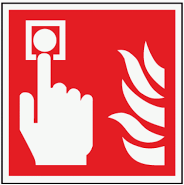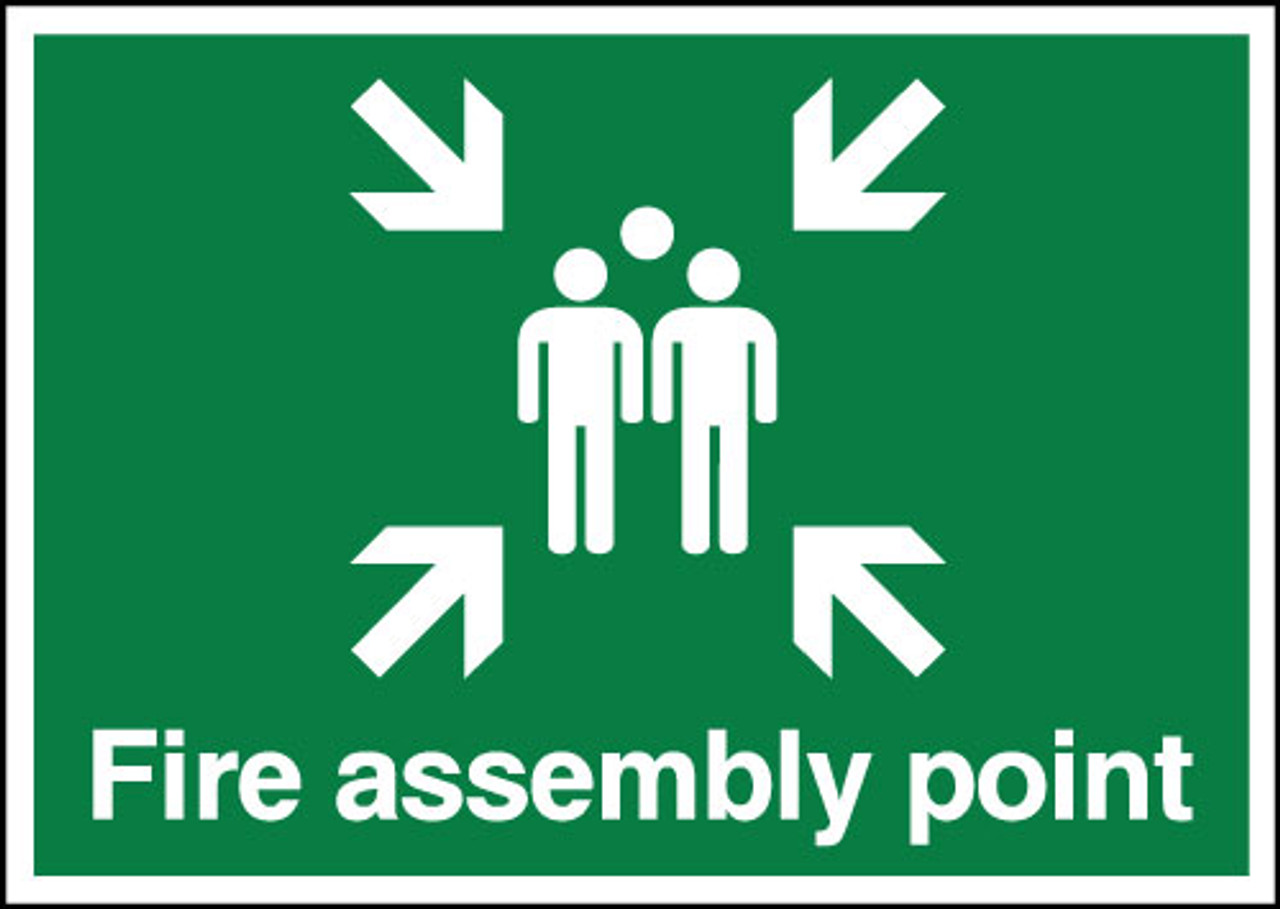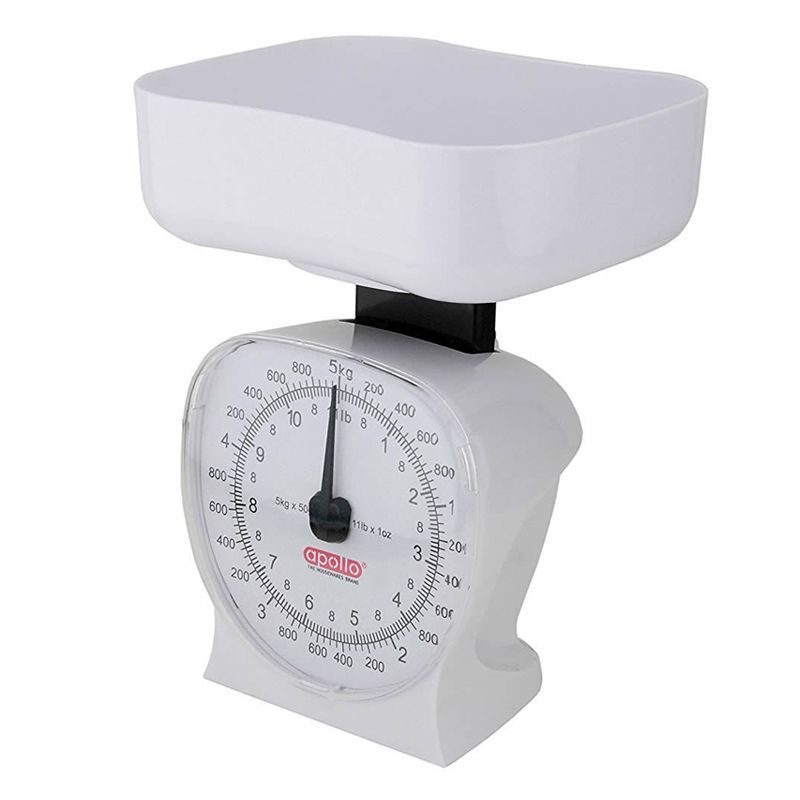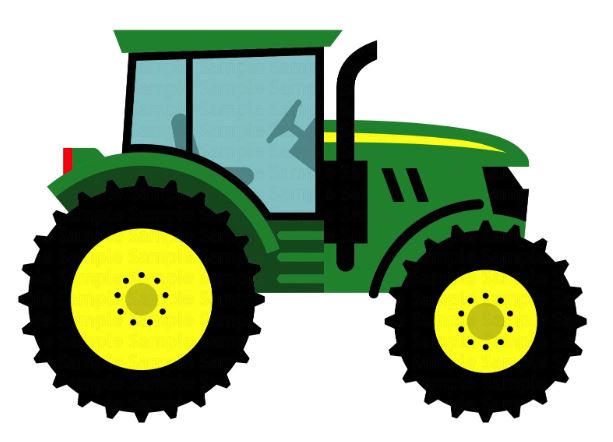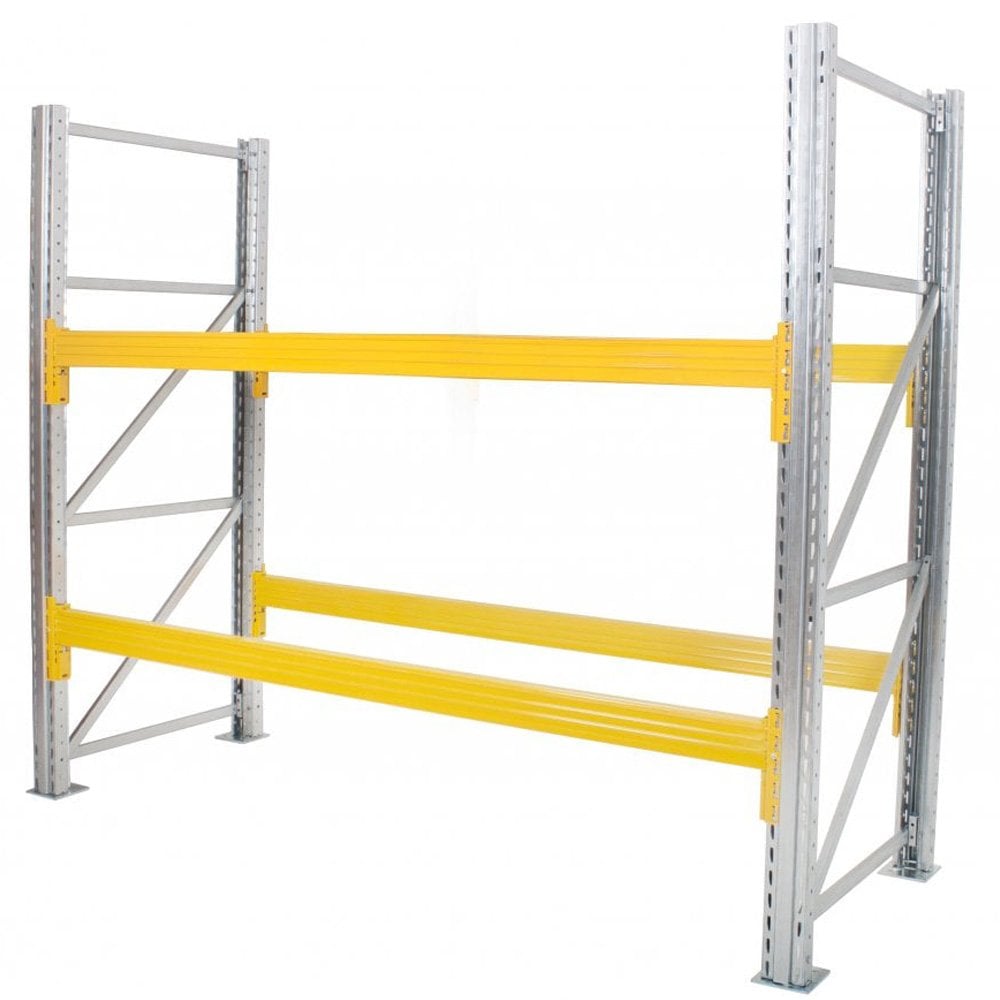Title Page
-
Site conducted
-
Conducted on
-
To be used to audit the HACCP system as part of internal audits. Individual PRPs, QCPs and (if applicable CCPs) are audited using the normal internal audit form. This audit includes BRC and customer requirements
-
Attach photos or pdfs to show compliance. Create an Action if non compliance is found.
-
HACCP study audited:
2.1 Team
-
Is the HACCP team documented?
-
Is it a multi-disciplinary team - includes those responsible for quality/technical, engineering /maintenance and production operations
-
Is the HACCP team leader competent /experienced in hazard and risk analysis?
-
Is at least 1 team member (ideally the team leader) trained to Intermediate HACCP level (2 day course with exam)?
-
Are other members HACCP trained? (in-house or HACCP Awareness)
2.2 Are prerequisite programmes/operational programmes in place? As a guide these may include the following:
-
-cleaning and sanitizing
-
-waste control
-
-pest control
-
-maintenance programmes - equipment & buildings
-
-brittle material controls
-
-personal hygiene requirements
-
-staff training
-
-purchasing
-
-transportation arrangements
-
-processes to prevent cross-contamination
-
-allergen controls
-
Are the control measures and monitoring procedures for the prerequisite programmes documented?
2.3 Scope
-
Is the scope of the hazard and risk analysis clearly defined? Covers all products and processes?
-
As a guide, this may include the following:
-
-composition, e.g. raw materials, allergens
-
-origin of ingredients
-
-physical or chemical properties that impact food safety, e.g. pH, sugar content
-
-treatment and processing, e.g. cooling
-
-packaging system, e.g. modified atmosphere packs
-
-storage and distribution conditions, e.g. chilled, ambient
-
-target shelf life, instructions for use, and potential for known customer misuse, e.g. storage, preparation
-
Has relevant information needed to conduct the hazard analysis been documented? Up-to-date? May include the following, although this is not an exhaustive list:
-
-the latest scientific literature
-
-historical and known hazards
-
-relevant codes of practice/ /customer COPs
-
-food safety legislation
-
-water distribution plan
-
-customer requirements
-
-map/layout of the premises
-
-any higher risk zones?
2.4 Intended Use
-
Is the intended use of the product by the customer described, defining the consumer target groups, including the suitability of the product for vulnerable groups of the population (e.g. infants, elderly, allergy sufferers)
2.5 Flow diagram
-
Is there a process flow diagram for each product, product group or process. Does it include each main process step from the receipt of raw materials to processing, storage and distribution?
-
The process flow shall as a guide include, as relevant:
-
-plan of premises and equipment layout
-
-raw materials including introduction of utilities and other contact materials, e.g. water, packaging
-
-sequence and interaction of all process steps
-
-outsourced processes and subcontracted work
-
-process parameters
-
-potential for process delay
-
-rework and recycling
-
-low/high-care/high-risk area segregation
-
-finished products, intermediate/semi-processed products, by-products and waste
2.6 Verification
-
Is there documentation showing that the flow diagram/s been verified by the team by on-site audit in the last 12 months and following changes affecting food safety? Have daily and seasonal variations been considered and evaluated
2.7 Hazards
-
Are all the potential hazards that are reasonably expected to occur at each step in relation to product, process and facilities been identified? This shall include hazards present in raw materials, those introduced during the process or surviving the process steps, and allergen risks
-
Has the HACCP food safety team identified the significant hazards which need to be prevented, eliminated or reduced to acceptable levels? Consideration shall be given to the following:
-
-likely occurrence of hazard
-
-severity of the effects on consumer safety
-
-vulnerability of those exposed
-
-survival and multiplication of micro-organisms
-
-adulteration/deliberate contamination
-
-presence or production of toxins, chemicals or foreign bodies
-
-contamination of raw materials, intermediate/semi-processed product, or finished product
-
Have justification for acceptable levels of the hazard in the finished product been determined and documented? (ie. where not zero)
-
Have the control measures necessary to prevent or eliminate a food safety hazard or reduce it to an acceptable level been considered? May be via existing prerequisite programmes - this shall be stated and the adequacy of the programme to control the hazard validated
-
Have controls other than CCPs (eg. PRPs) been stated and validated?
2.8 CCPs
-
Have control points been reviewed to identify those that are critical? (CCPs)
-
Is a CCP decision tree on file?
-
Are there any CCPs? If ‘Yes’ proceed to 2.9. If ‘No’ CCPs proceed to 2.11
-
For each CCP, have the the appropriate critical limits been defined. Critical limits shall be:
-
-measurable wherever possible, e.g. time, temp
-
-supported by clear guidance or examples where measures are subjective, e.g. photographs
-
Are there any CCPs? If ‘Yes’ proceed to 2.9. If ‘No’ CCPs proceed to 2.11
-
Has each CCP been validated? Documented evidence should show that the control measures selected and critical limits identified are capable of consistently controlling the hazard to the specified acceptable level
2.9 CCP Monitoring & 2.10 Critical limits
-
Has a monitoring procedure been established for each CCP to ensure compliance with critical limits? As a guide, consideration may be given to the following:
-
-online measurement
-
-offline measurement
-
-continuous* measurement, e.g. thermographs
-
-tolerance of monitoring equipment
-
*where discontinuous measurement is used, the system shall ensure that the sample taken is representative of the batch of product
-
Staff monitoring CCPs must be HACCP trained
-
-monitoring records must be signed and verified by an authorized person
2.11 Corrective action
-
Is corrective action documented? Eg. when monitored results indicate a failure to meet a control limit, or when monitored results indicate a trend towards loss of control
-
If corrective action involves a CCP:
-
-has corrective action resulted in CCP being brought under control?
-
-has affected produce been identified/risk assessed?
2.12 Validation & Verification & review
-
Is HACCP plan validated & verified? Should confirm that the HACCP plan, including pre-requisite controls, are effective. Examples of verification activities include:
-
-internal audits
-
-review of records where acceptable limits have been exceeded (eg. Microbiological/residue tests)
-
-review of complaints by enforcement authorities or customers
-
-review of incidents of product withdrawal or recall
-
Are results of HACCP verification documented?
-
Is the HACCP plan reviewed minimum annually and prior to any changes which may affect product safety? Eg due to:
-
-change in raw materials or supplier of raw materials
-
-change in processing conditions or equipment
-
-change in packaging, storage or distribution conditions
-
-change in consumer use
-
-a new risk, for example adulteration of an ingredient
-
-developments in scientific information associated with ingredients, process or product
-
Are any changes resulting from the review fully documented and validation recorded?
2.13 Record keeping
-
Is record keeping in place to enable the company to verify that the HACCP controls, including controls managed by prerequisite programmes, are in place and maintained?
Signature
-
Sign






